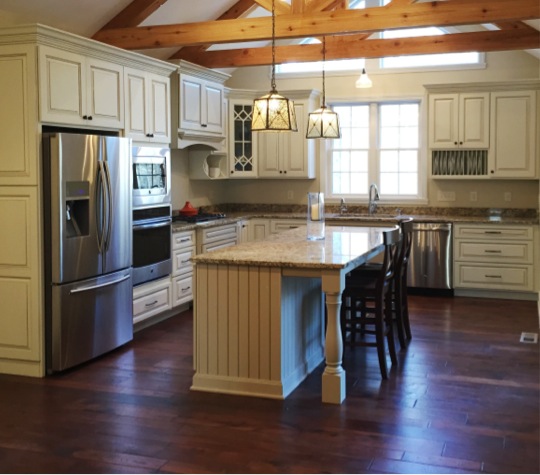
to install solid or engineered hardwoods. (Submitted photo)
This time of year many homeowners are looking into new flooring before the holidays. Hardwood floors are a classic, beautiful choice that will last for years to come. If you’re considering adding hardwood floors, however, you will need to decide whether to install solid or engineered hardwoods. Both are 100 percent wood and a valuable investment in your home, but there are some very important distinctions.
Solid hardwood floors are created from one solid piece of wood. The thickness can vary, but generally between 3/4-inch and 7/16-inch engineered wood, on the other hand, is constructed from multiple layers of wood with a solid wood top layer. Below the top layer is a core of fiberboard layers followed by a hardwood backing.
This unique construction keeps engineered hardwoods safer from buckling and warping. Because of this they work well in any floor your home, including basements. Because they are fore stable you can get wider and longer planks. Solid hardwoods, on the other hand, are sensitive to high humidity and contract with the change in moisture. Because of this, they are only recommended for first floors or above.
Most assume that solid hardwoods are more expensive, but that’s not always the case. Considerations such as installation method, condition of the subfloor, and labor costs can greatly affect the final cost. Engineered hardwoods tend to be more DIY-friendly and may save you money on installation. They can be installed as a “floating” floor in which the board hook into one another and “float” above the subfloor. Hardwoods, on the other hand, should always be installed by a professional and are glued, nailed, or stapled to a wooden subfloor.
Both hardwoods and engineered hardwoods come in a wide variety of lengths and widths for any room.


